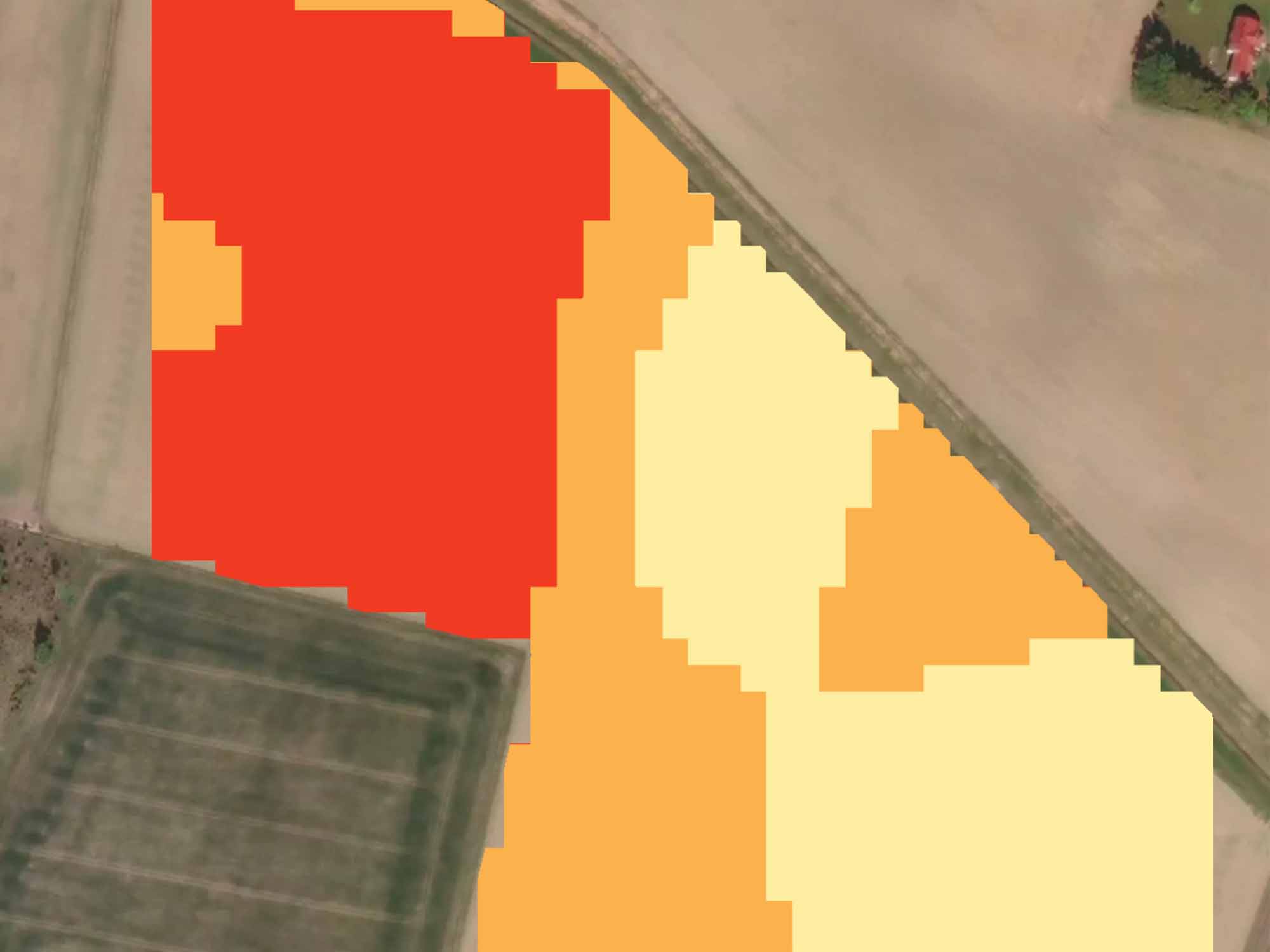Sweden
Site specific
herbicide applications
Today, in order to fulfill the IPM-requirements, the dose of herbicides applied at a cereal field must be adjusted according to certain indicators such as number of weeds per area unit, the competiveness of the crop, weather, soil type and weed flora. However, some of these parameters vary within fields and most commonly the number of weeds, crop biomass (competiveness), and soil type may vary.
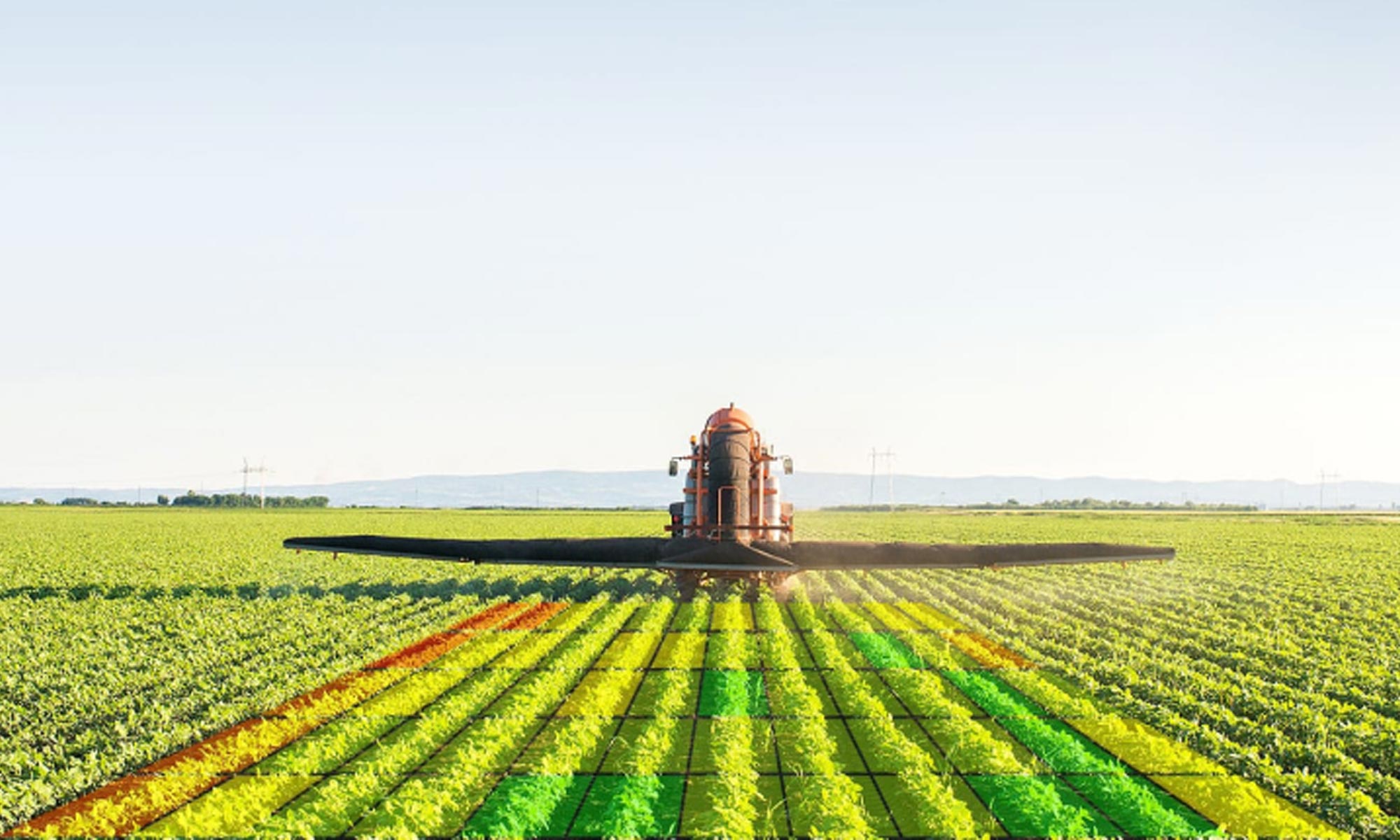
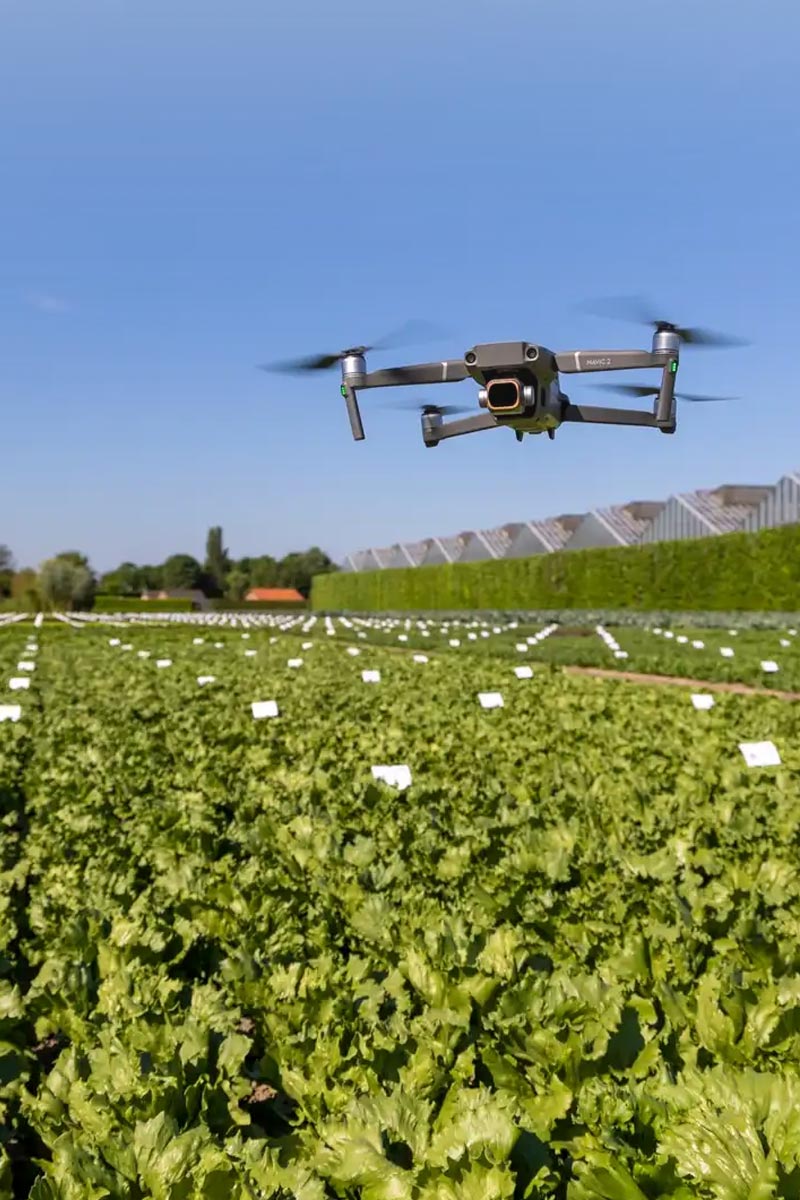
In this project we have used known variation in soil type together with data collected using drones to set site spefic doses, to produce maps of recommended doses and Variable Rate Application files.
Although the use of herbicides are not altogther abandoned, the technique makies it possible to substancially decrease the use of herbicides without losing yield. In examples from the project, were we have been testing the technoqeues at Demo-farms, about 20% of the herbicides ahave been saved without any loss in yield. We have in these cases been very conservative, so that we don´t risk yield losses.
The tool comprise of the following steps:
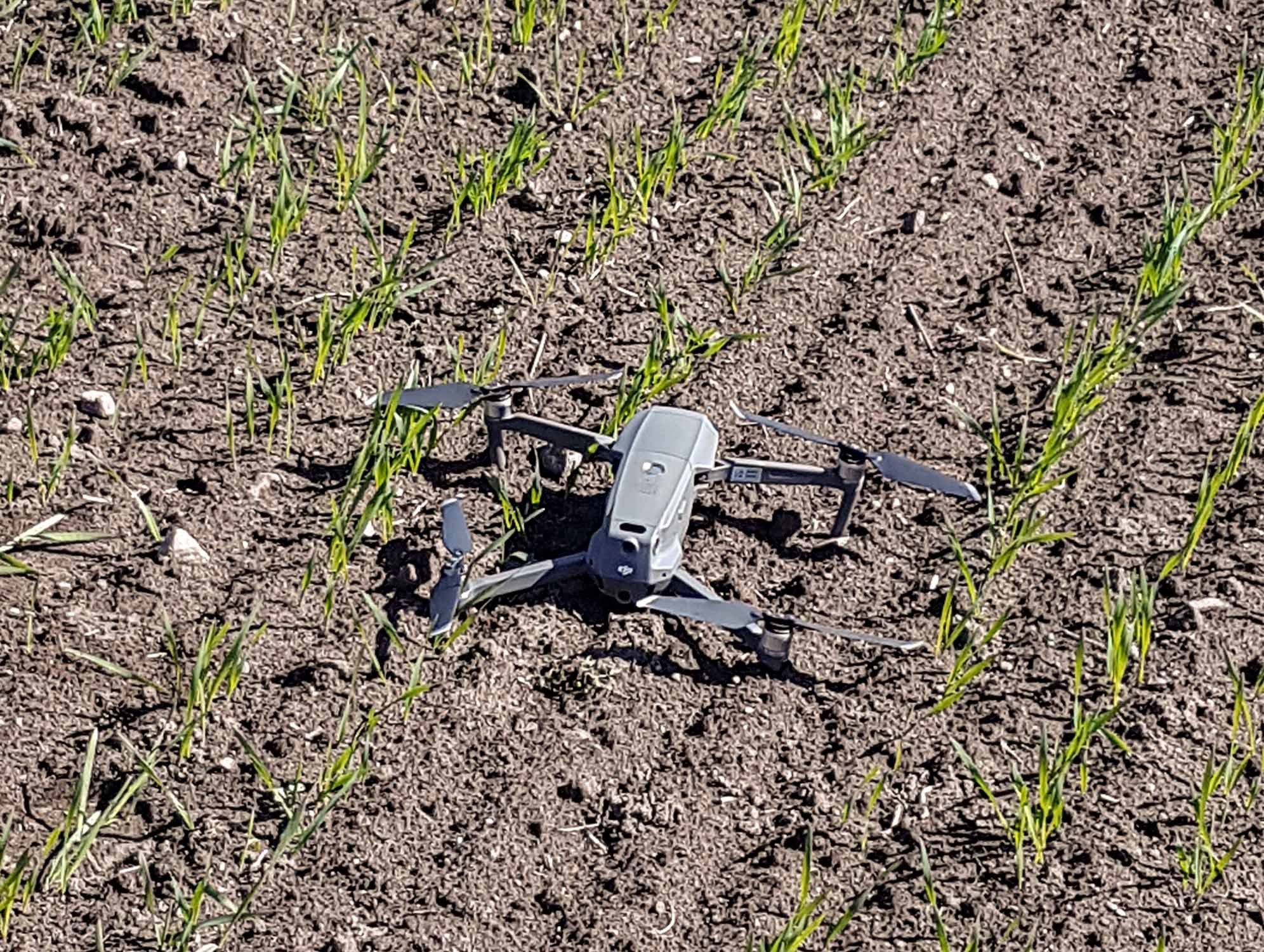
1. Drone flight
An IOS or Andriod app has been develped for collection of images using a drone. The drone automatically follows a flight path and collects images evenly distributed over the field at an interval of 6 images/ha. The app suggest a certain position for the images to be collected, but it can also be adjusted manually. The images are collected at a height of about 3 m. and the drone stand still as the images are collected.
2. Image analysis
The image analysis based om Convolutional Neural Networks (CNN) calculates the number of weeds in each image as well as the area covered by the crop. This is converted into number of weeds per unit area and crop biomass.
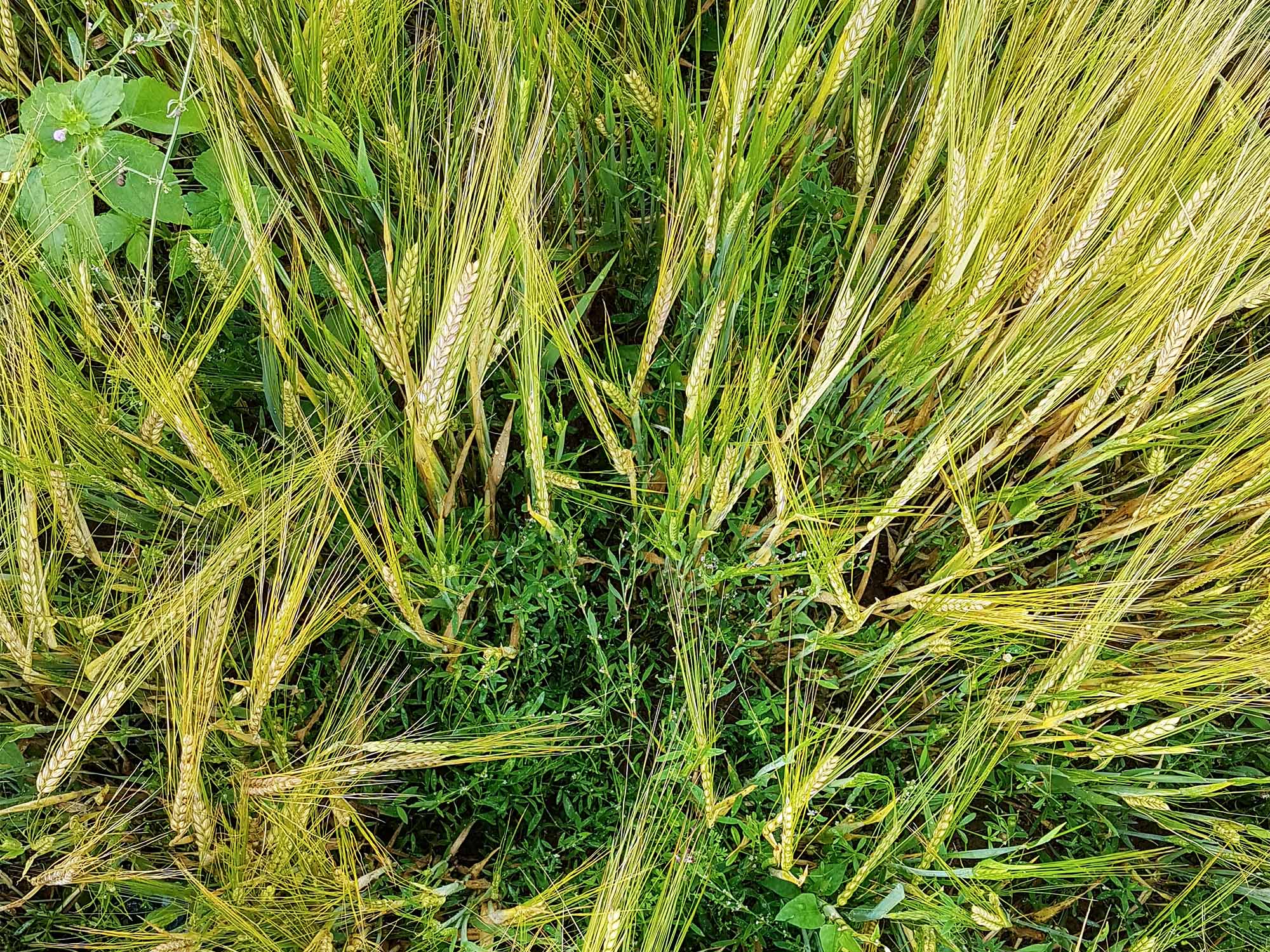
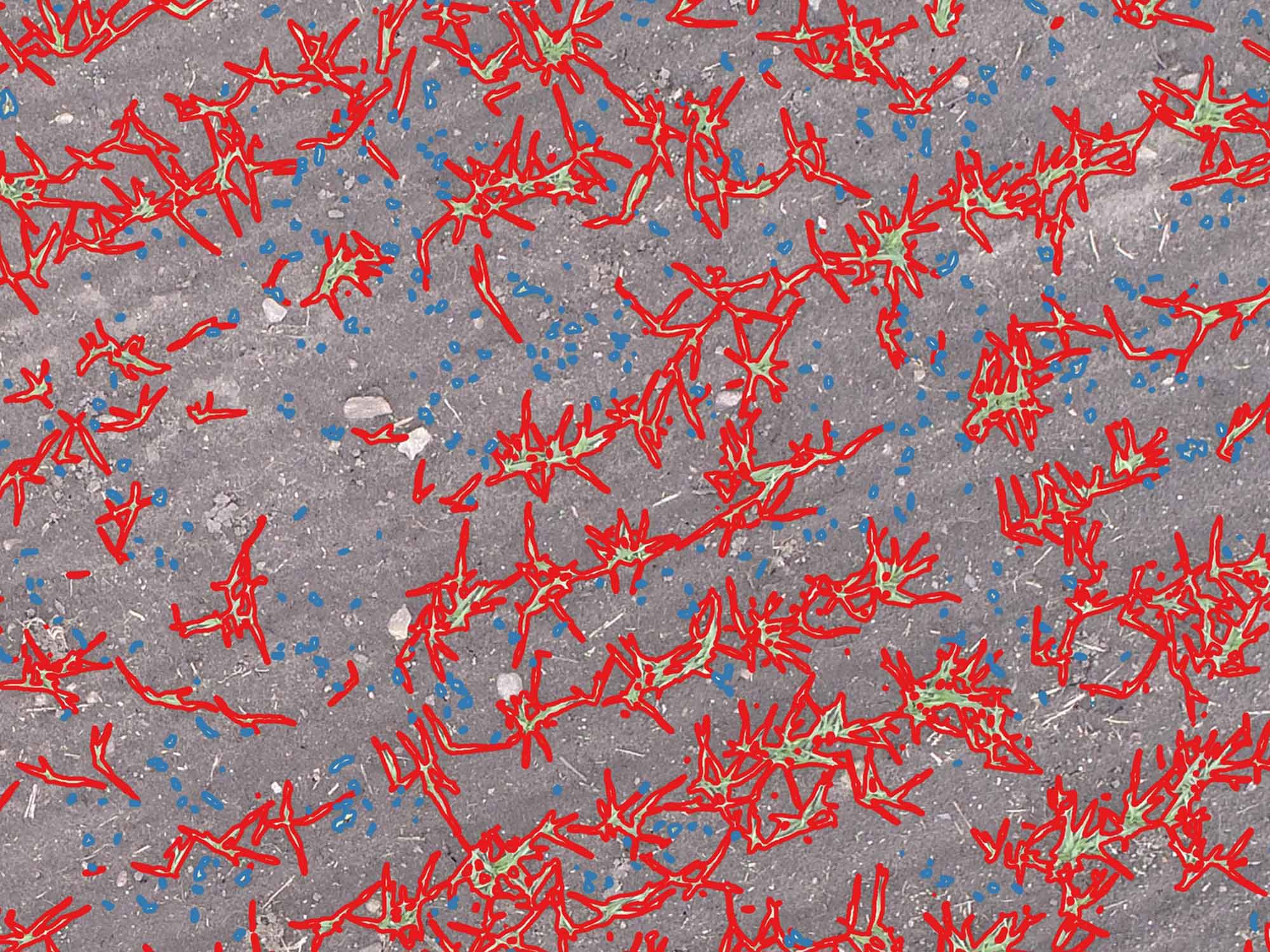
3. Interpolation, creation of raster maps
The coordinate set statistics for weed and crop density are interpolated to a comprehensive raster for the field. A soil-type map is also added. Maps with zones having high, medium or low weed denisty and the same for crop density are produced.
4. Scoring
The sum of scores are used to decide on the herbicide dose from 25% up to 100% of recommended dose. If other parameters such as soil type is the same for the whole field, a low weed density combined with high crop density in a certain zone, 25% of the recommended dose should be chosen, whereas with high weed density and low crop density, full dose would be the right choice.
